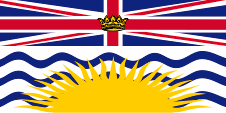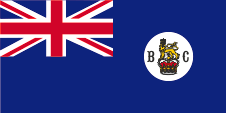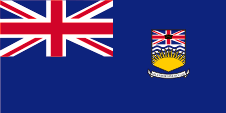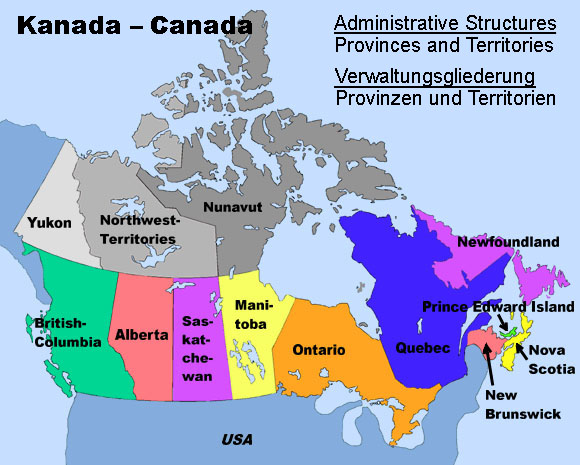mobile View, to the German Version tap the flag


- Canadian province
- own names:
– English: British Columbia
– French: Colombie-Britannique
• Flag
• Historical Flags
• Meaning/Origin of the Flag
• Coat of Arms
• Meaning/Origin of the Coat of Arms
• Map
• Numbers and Facts
• History

Flag of the province,
ratio = 1:2,
Source: Corel Draw 4







1858–1866,
Flag of United Kingdom,
ratio = 1:2,
Source, by:
Wikipedia (EN)






1866–1906,
Flag of the government (state flag),
ratio = 1:2,
Source, by:
Wikipedia (EN), World Statesmen




1906–1960,
Flag of the government (state flag),
ratio = 1:2,
Source, by:
Wikipedia (EN), World Statesmen




The flag of British Columbia was adopet on 27th of June in 1960. It is a scutcheon flag, because it shows the design of the coat of arms of the province. The flag may be used by provincial authorities and departments and also by private individuals. Until the year 1922 there had officially been used, the British Union Jack, the so-called Royal Union Flag, by the departments of the provinces, or (from 1922 nearly only) the Canadian blue official flag, the typical British Blue Ensign, with the coat of arms of Canada in the flying end. Nevertheless, the provincial authorities had their own seals and later also coats of arms, which were unauthorized placed in the flying end of the blue official flag. A permit should have been approved by the British authorities for this procedure, this was not the case, but was tolerated. Private individuals had to use the Union Jack and from 1892 the so-called Red Ensign, the red version of the Canadian flag with the Union Jack in the upper corner and the coat of arms of Canada in the flying end. In the course of the gradual separation of Canada from the United Kingdom the Blue Ensign as an official British flag lost its meaning and became replaced by new provincial flags, which may be used by authorities and departments of the provinces and also by private individuals. In this way, British Columbia introduced the current flag in 1960. The flag of the province follows British specifications due to history. They are: Blue = Pantone 280, Red = Pantone 186, Yellow = Pantone 116.
Source:
Volker Preuß,
Flaggen Enzyklopädie,
World Statesmen


Escutcheon of British Columbia,
Source, by:
Corel Draw 4

There is a regular coat of arms for British Columbia, with a console, shield holders (supporters), withe a crest and the motto. Here is only depicted the central part of the coat of arms, the escutcheon. The escutcheon of British Columbia shows in the upper part the British Union Jack and in the lower part the sun and ocean's waves. They remember the situation of British Columbia on the coast of the Pacific Ocean, and the over the Pacific sinking sun.
Source:
Flaggen Enzyklopädie,
Volker Preuß


Map:
Volker Preuß

Area: 355.477 km²
Inhabitants: 5.000.879 (2016), thereof 4,5 % native Indians
Density of Population: 14 inh./sq.mi.
Capital: Victoria, 85.790 inh. (2016)
official Language: English
other Languages: Chinese, Punjabi, French, German
Currency: Canadian currency
Time Zone: GMT – 8 h
Source:
Wikipedia (D)

1827 · foundation of Fort Langley as a British trade base
1846 · frontier contract with Oregon, fixing of the southern border on the 49th degree of latitude, beginning settlement in the today's British Columbia
1849 · establishment of the British crown colony of Vancouver on the same named island, since 1851 with the capital Victoria
1858 · establishment of the British colony of British Columbia on the mainland of the western coast with the capital Fort Langley
1866 · joining of the crown colony of Vancouver with British Columbia, but capital becomes Victoria
1871 · British Columbia becomes a province of the British Dominion of Canada
Source:
Atlas zur Geschichte,
World Statesmen,
Wikipedia (D),
Discovery '97


![]()
















